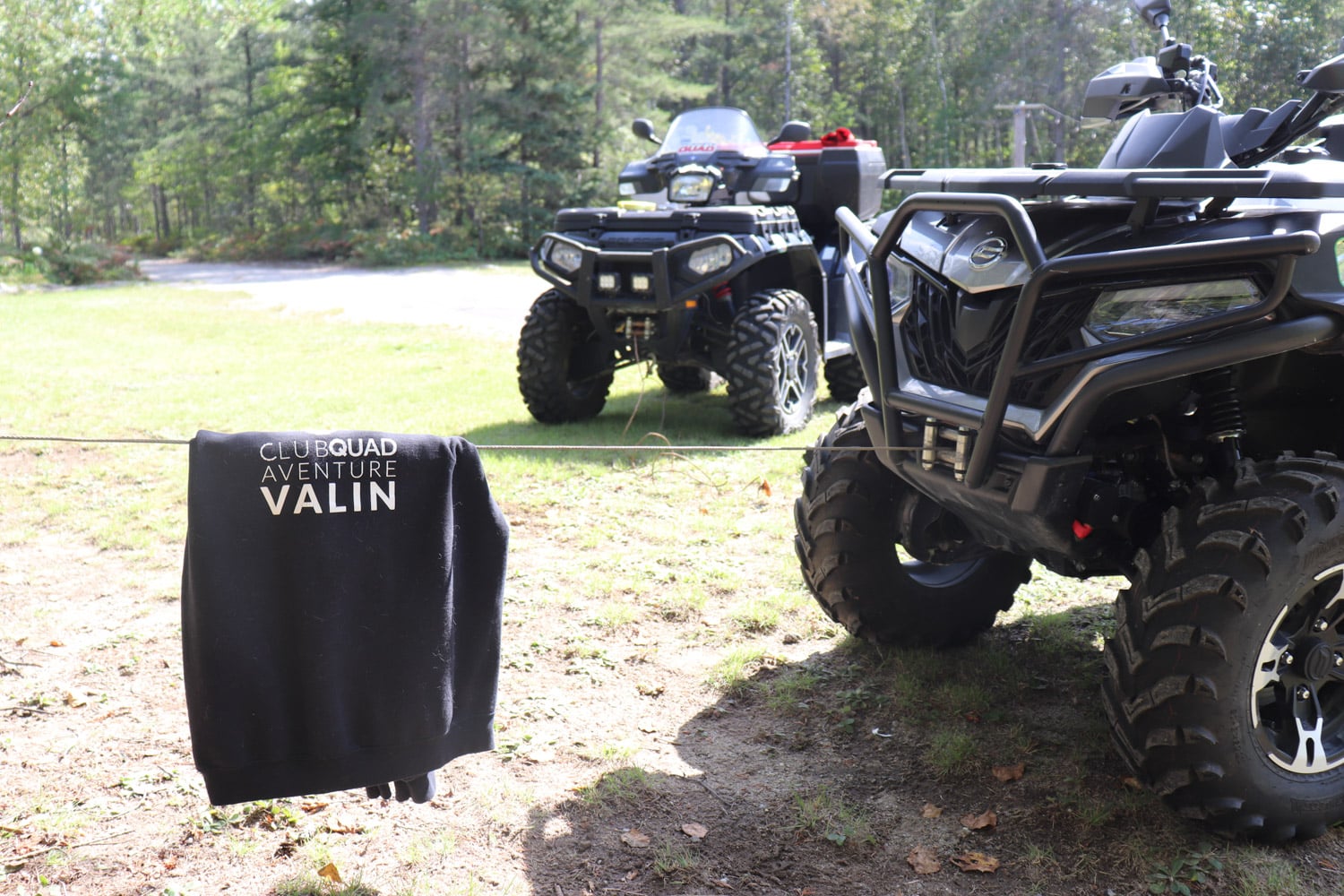The winch is one of the most important accessories on a ATV or UTV. But do you know how to use it safely? In the next few lines, we’ll explain the correct winching methods, and the safety aspect too.
First of all, most ATV riders use it, but don’t have the right technique for it. We’ll explain the different ways of winching and the accessories designed for this purpose. Who can help you do it safely and easily? Warn, KFI and Kimpex have an assortment of accessories to make your life easier during this winching maneuver.
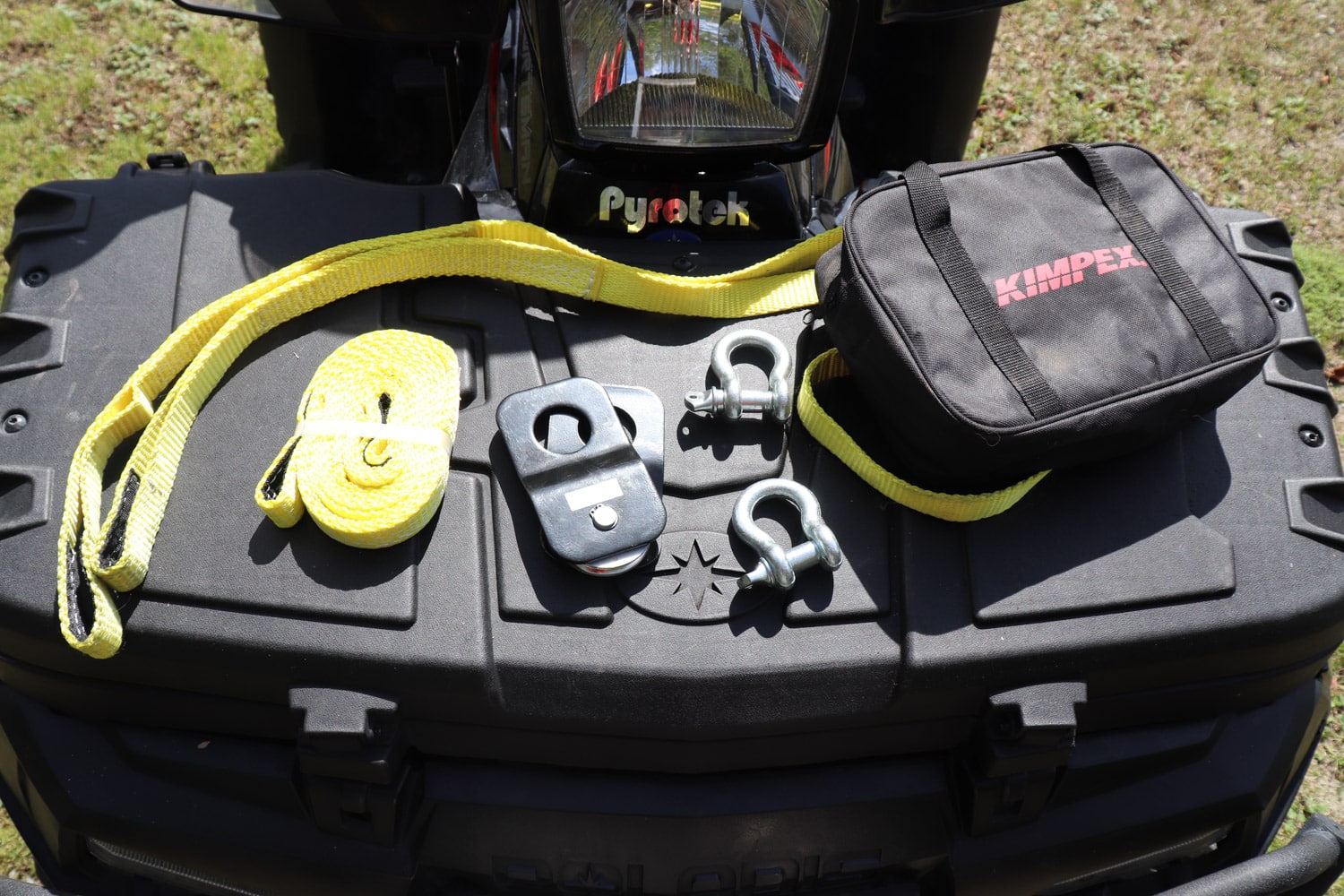
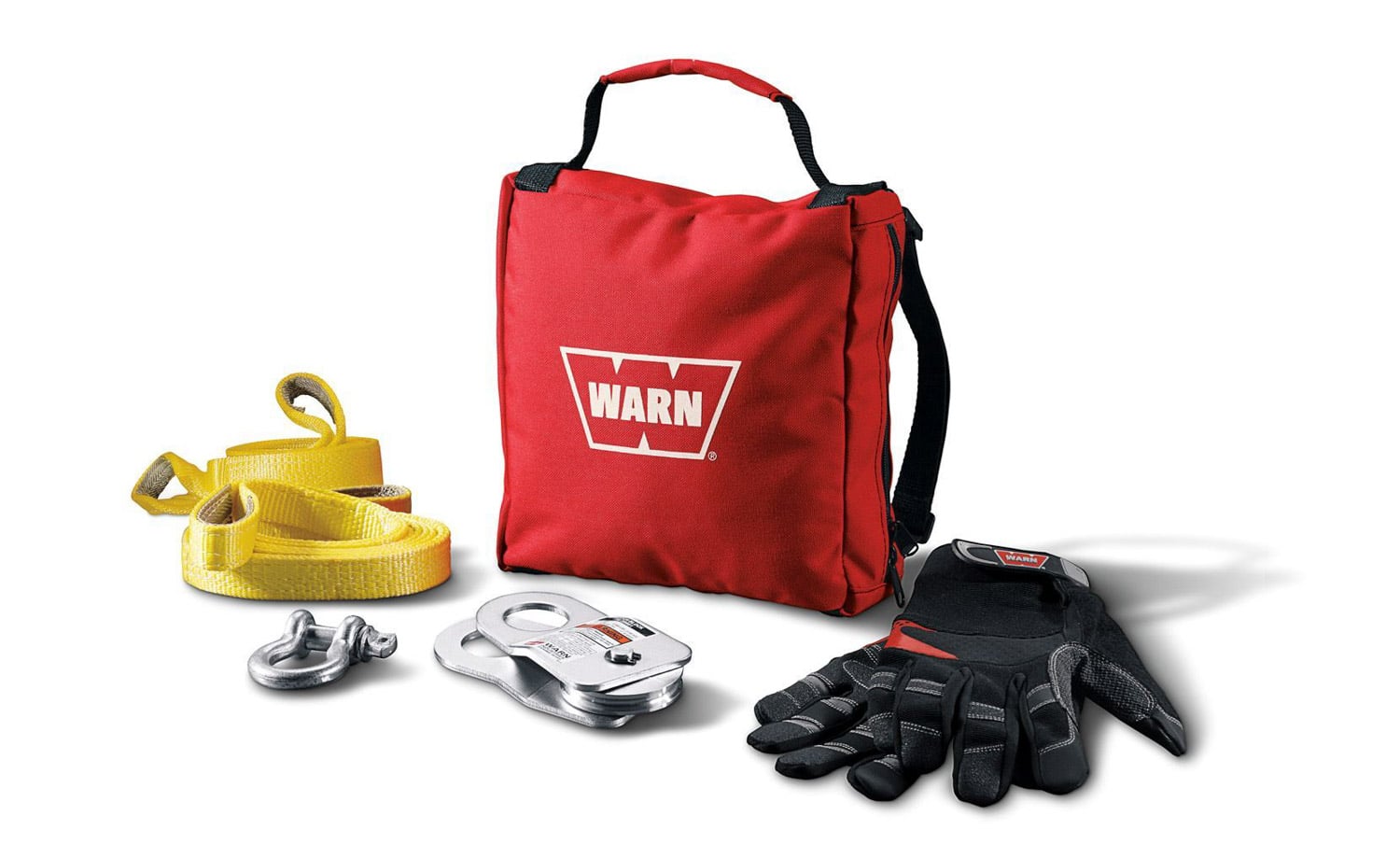
In addition, as wire rope has a tendency to fray, gloves are recommended when handling it to avoid hand injuries.
Secure the site
Always keep safety in mind when using your winch. This small metal or synthetic rope can cause serious injury to its user or to those accompanying him/her. An example of a potential injury would be if the rope were to break, propelling it against you. To avoid this kind of incident, a winch cable shock absorber is available. Installed in the center of our two attachment points, its job is to throw the cable to the ground if it breaks. A sweater, backpack or coat can also be used if you don’t have this original accessory.
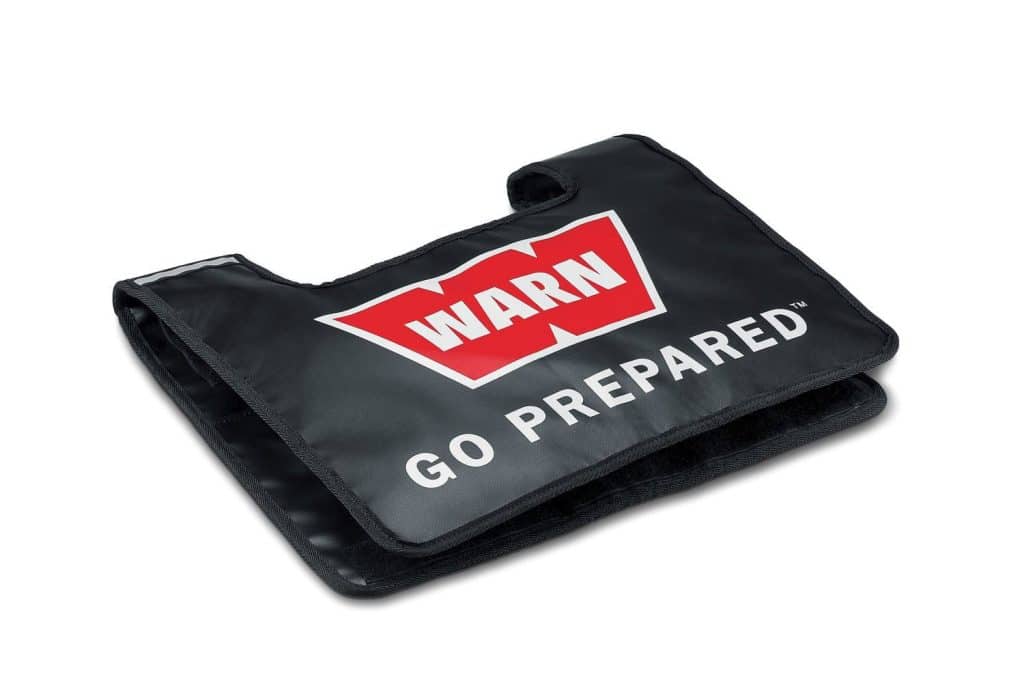
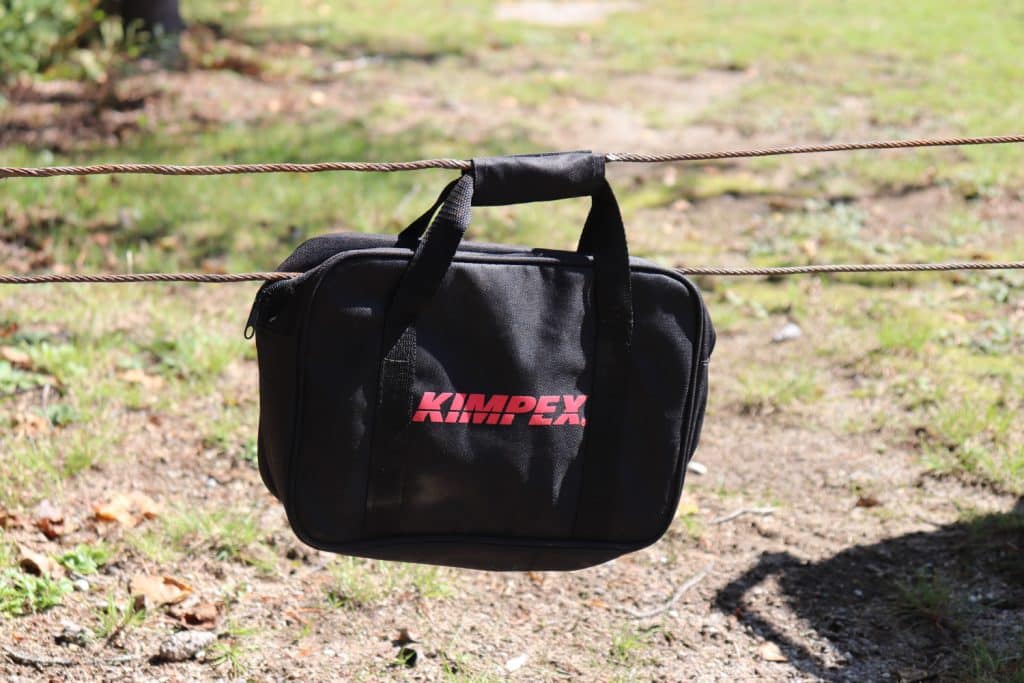
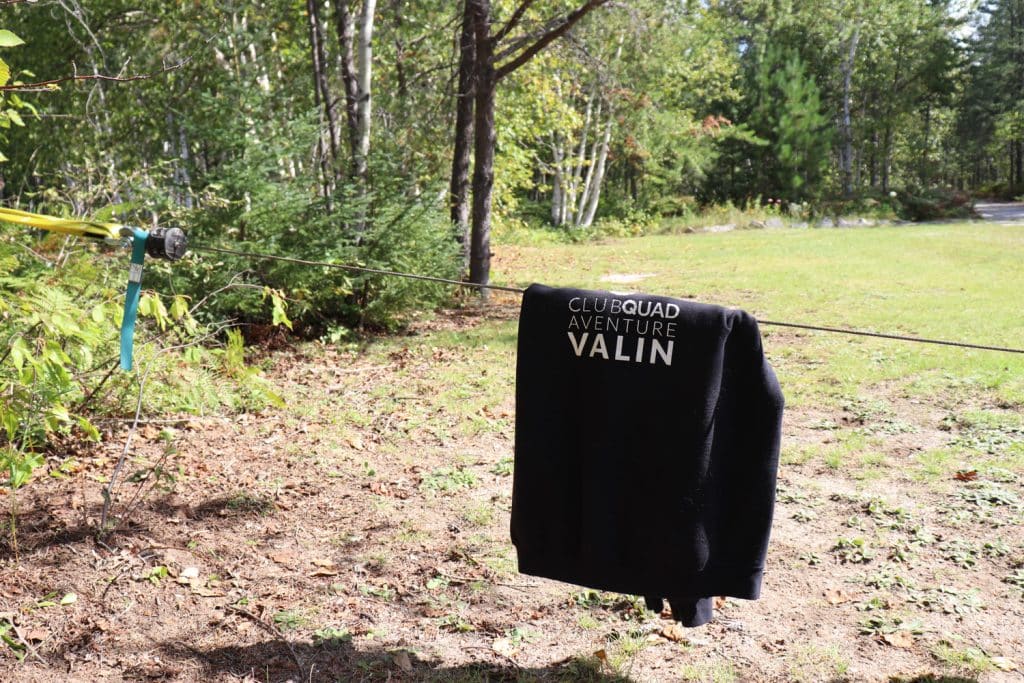
A second example not to be overlooked is getting stuck on the trail, where you need to think about other trail users. This makes sense if you have to pass your rope across the trail to reach an attachment point. It’s your responsibility to plan to put somebody or a banner to warn of the danger. Warn other ATV riders on both sides of this dangerous maneuver and avoid a serious accident.
A reminder of Physics 101
We all said to ourselves in high school when we were subjected to physics classes, “What’s this going to be used for later?” The elementary pulley principles we were taught will come into their own when it comes to the optimal use of a winch. A quick recap of physics concepts :
- Fixed single pulley: a fixed pulley, for example attached to a tree, will only redirect the force of the effort. It will not reduce the force required to move the object.
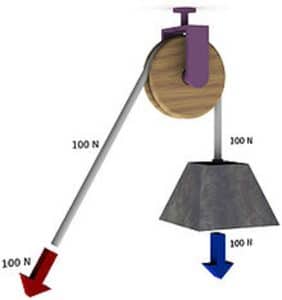
- Mobile single pulley: if the pulley is mobile, i.e. attached to the object to be moved, this will halve the force required, but double the amount of rope needed to move the object (thus halving speed).
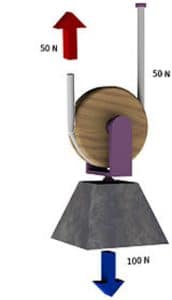
- If the first pulley remains attached to a fixed object such as a tree, you’ll need to install a second one to achieve the same effect. In fact, we’re combining a single pulley with a mobile one.
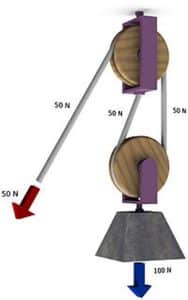
- The three-pulley system will reduce the resultant force of the first movable pulley by half, and the rope length will double again. In this case, the arrangement is said to have a mechanical advantage of 4, as each rope carries 25% of the initial load. For practical reasons, pulleys can be installed more conveniently on two axes. This brings us into the world of hoists.
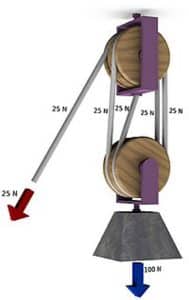
Winching accessories
Working methods are just as important to safe operation. The accessories on the market can help simplify the process. Indeed, there’s an abundance of winching gadgets and accessories on offer.
But, in general, with two straps, a pair of shackles and a nine-thousand-pound opening clevis pulley, you’ll be able to troubleshoot efficiently. In fact, this is the type of set of accessories that various companies sell in a carrying bag. Kimpex, Warn and KFI have this type of bag in their inventory.
Maneuvering with mobile pulleys
- The way to work with this type of equipment is fairly simple, but very responsive. In a perfect scenario for getting out of a dead end, the way to do it would look like this:
- Wrap a strap around a tree as low as possible for optimum grip, then hook the shackle to the strap.
- Pass the winch cable through the pulley and connect it to the shackle.
- Now connect the cable to the hook on the vehicle under the winch, to make the pulley work as a mobile sheave. This will halve the winding speed and double the strength of the winch
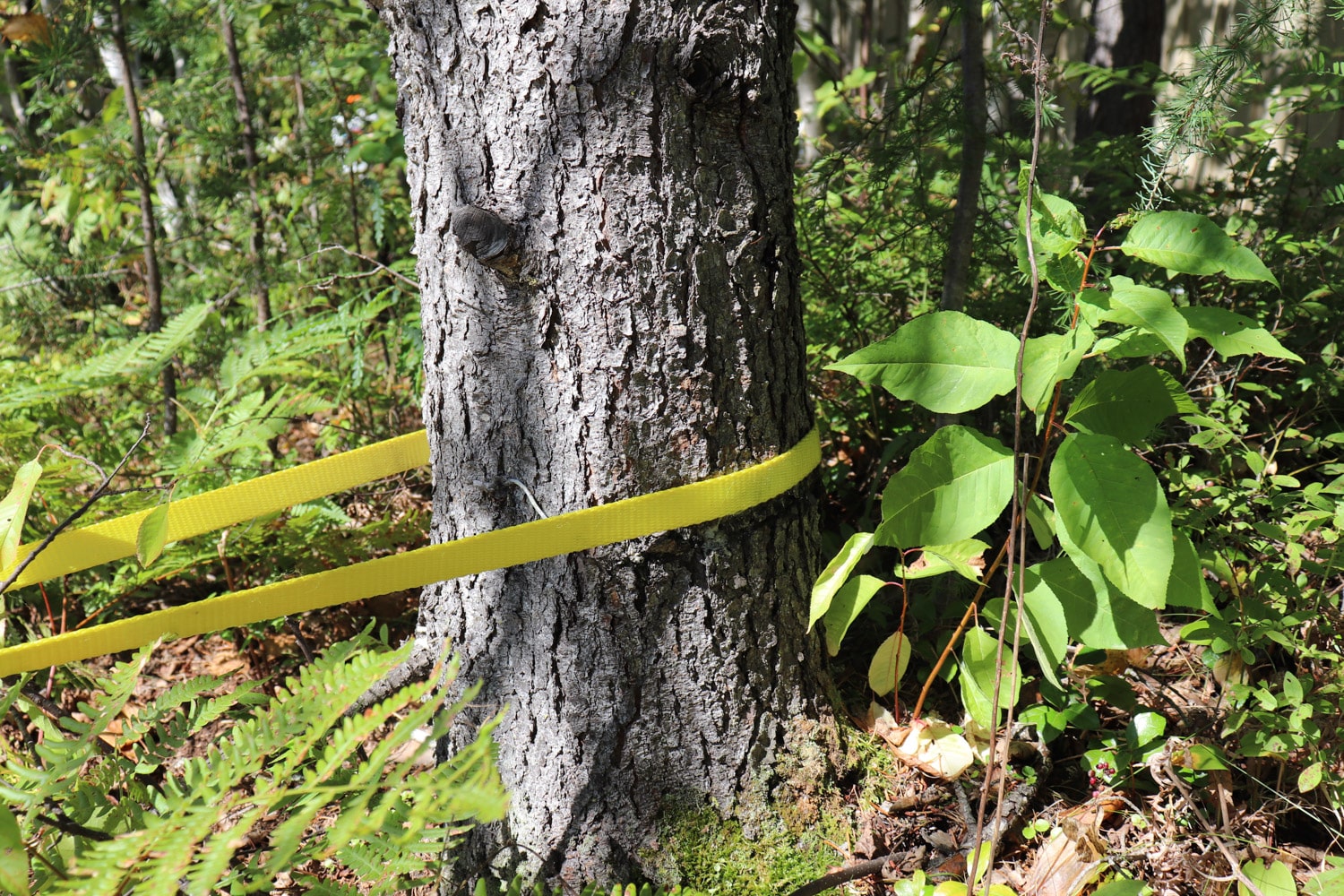
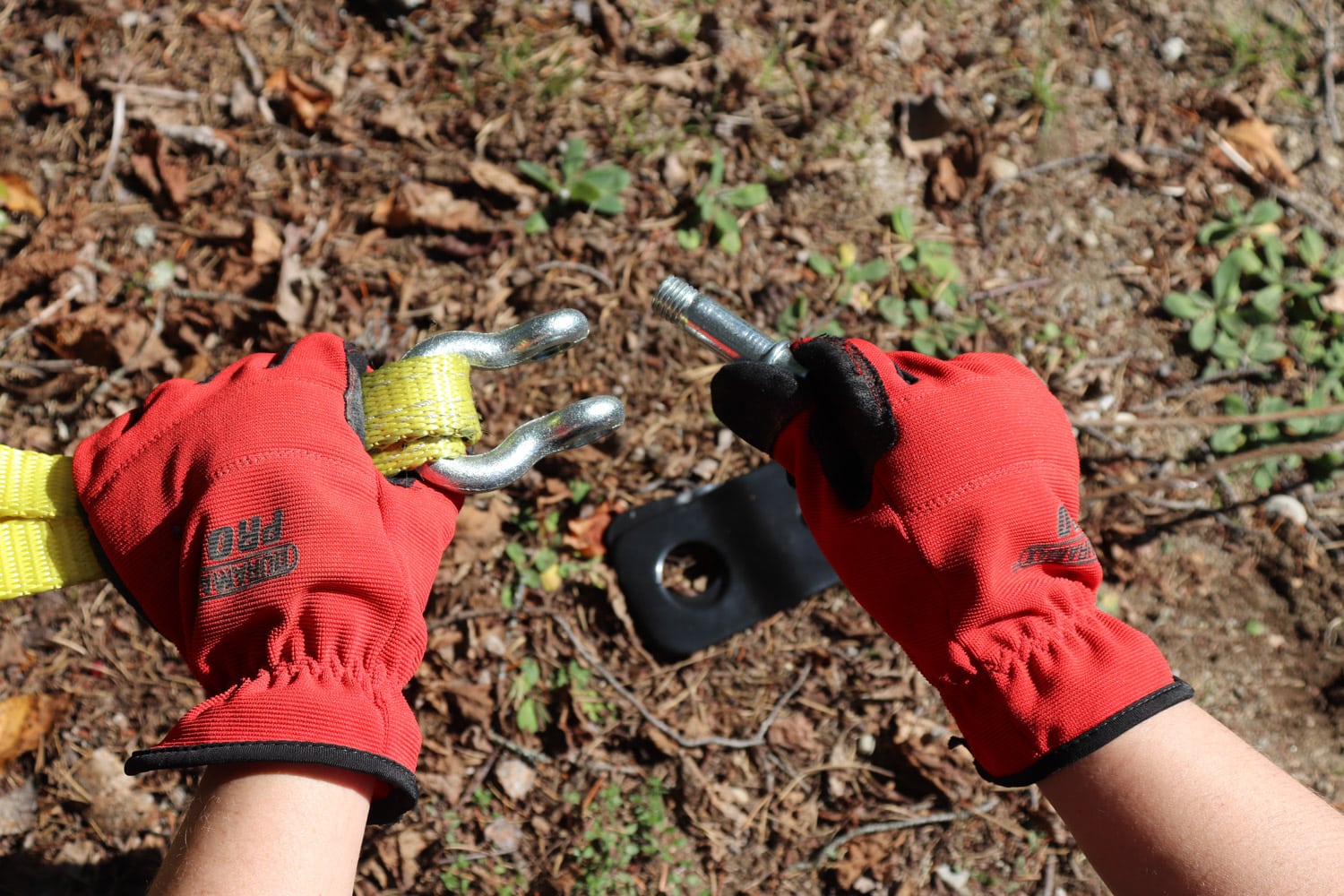
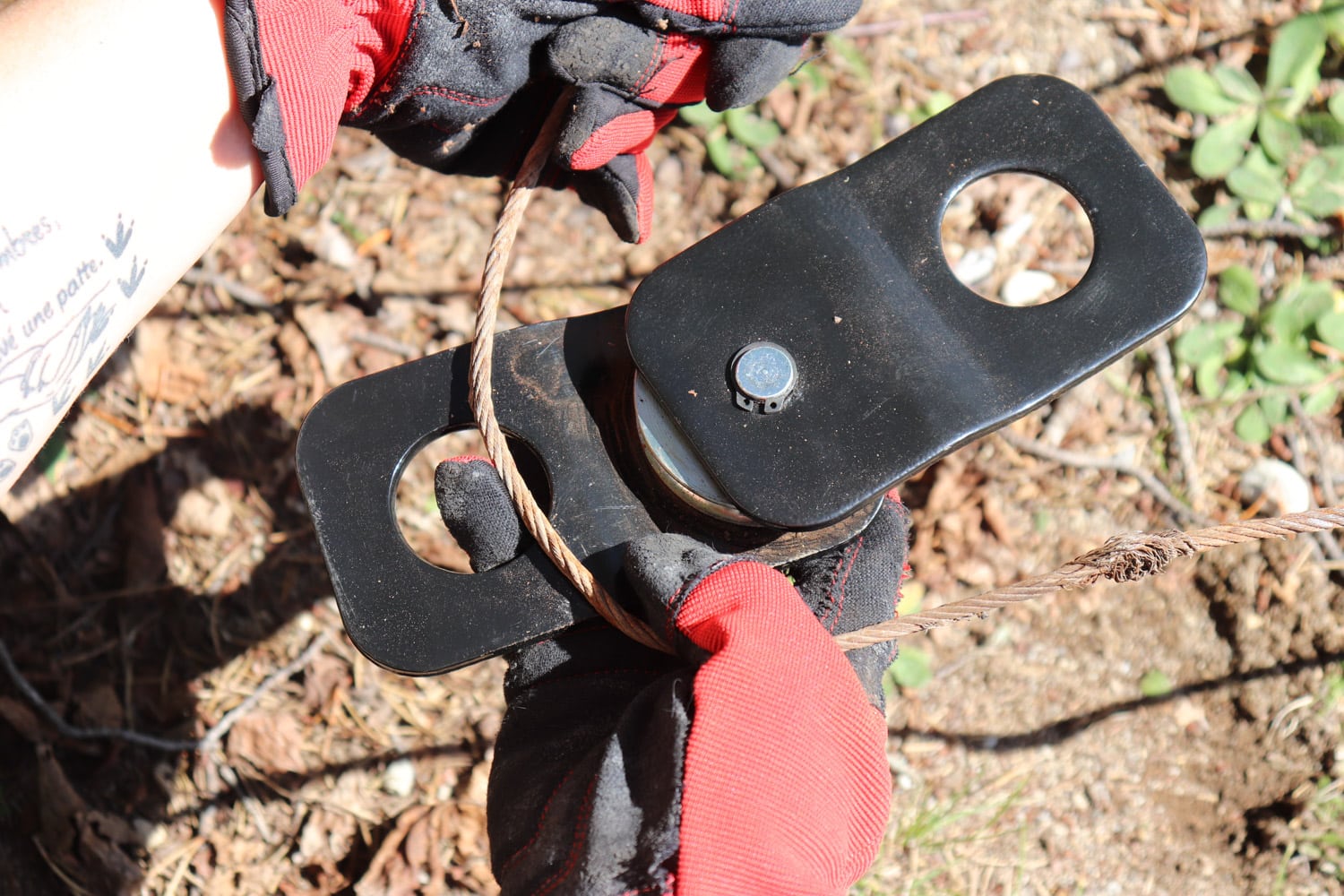
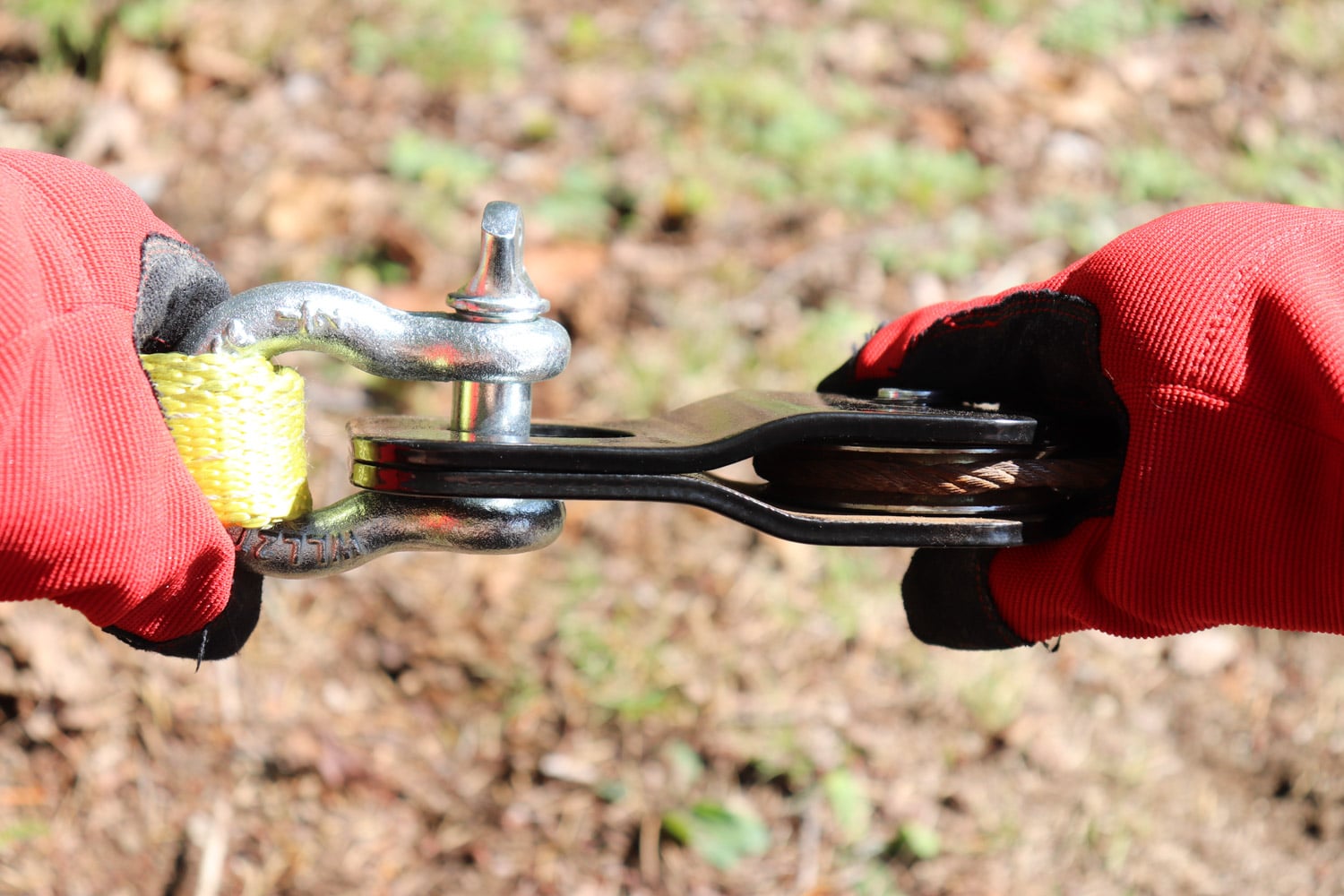
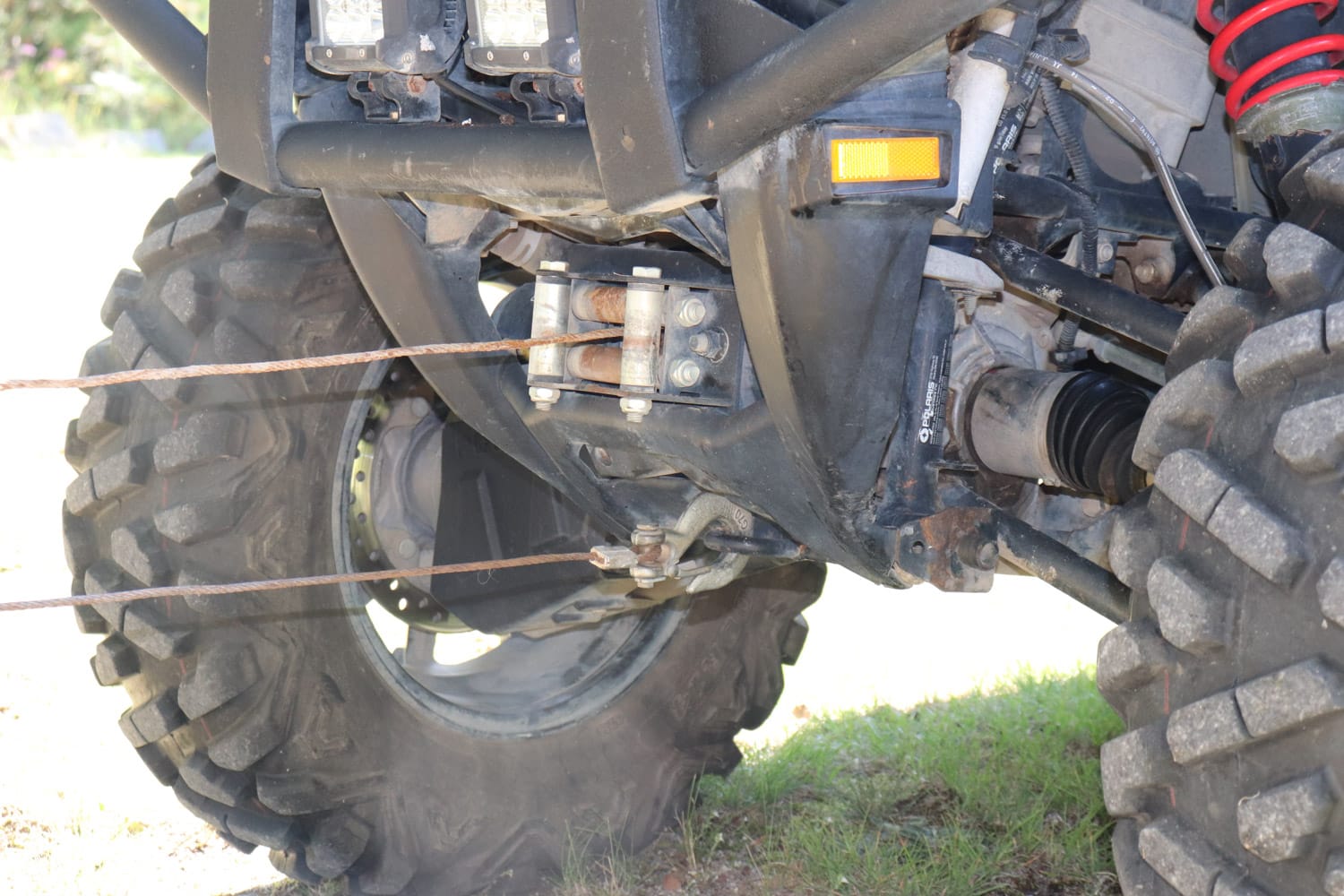
- If you attach the rope hook to another anchor point, the pulley becomes simple, and you simply change the direction in which the force is applied. The ratio will be 1:1.
Of course, always perform this operation with the ATV running to avoid draining the battery. I also strongly suggest that you switch to 4×4 mode and use the low gear. The aim is to make the ATV and winch work together smoothly, while maintaining constant tension. There’s always the possibility of adding a pulley if necessary, to give even more power.
The single pulley method
The clevis pulley method is very convenient in bogged-down situations where greater power is required, since it doubles the pulling force and reduces the winch’s energy. Alternatively, another method, probably the most widely used, is with just a strap wrapped around a tree, a shackle and the cable. Don’t forget that the cable in your winch has a maximum length of fifty feet and can be problematic in certain situations. Be aware that a fifty-foot synthetic extension rope is available and will be a great help to have in your trunk.
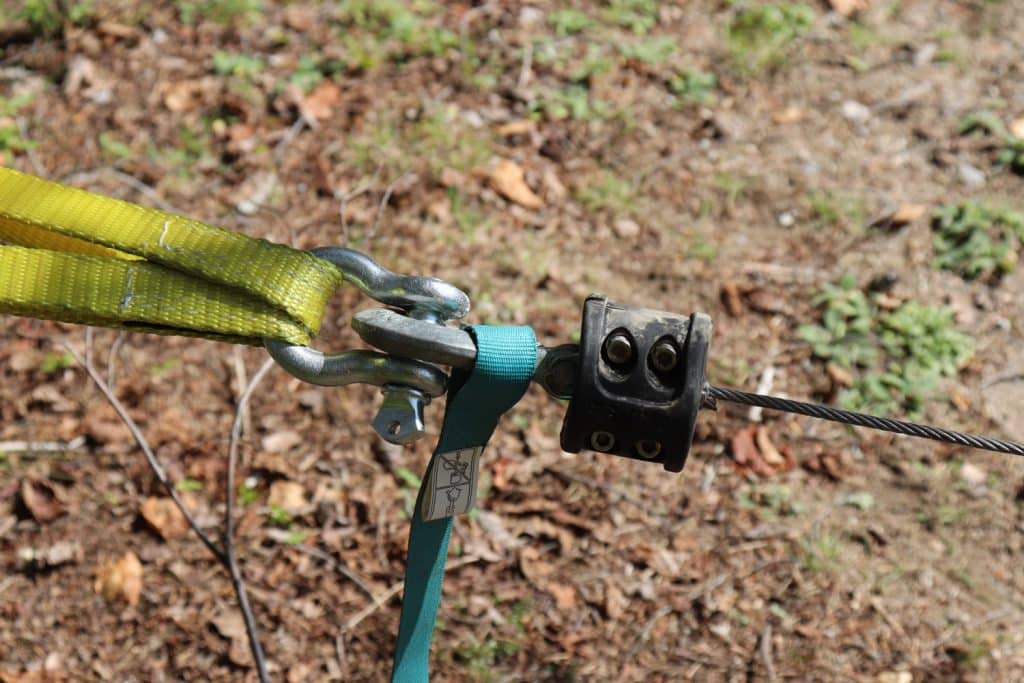
In short, a winch is relatively easy to use.
The most important thing to remember is safety, so you don’t injure yourself while using the winch. Master the different options for working well, analyzing the procedure that will be most practical for you in the field. In short, I’m sure you’ll be able to do just fine after reading this text. If you’d like to delve deeper into the subject of how pulleys work, here’s a web page that covers the subject very well.
https://en.wikipedia.org/wiki/Pulley
Enjoy the ride!


